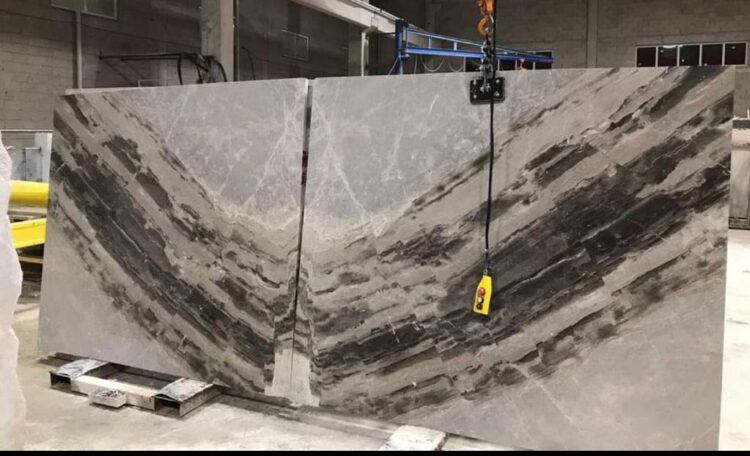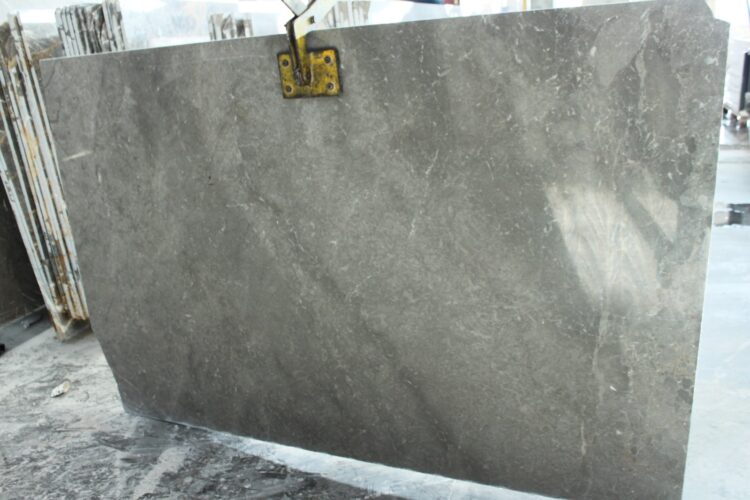Advanced control applications in marble machines: Interview with Associate Professor Said Mahmut ÇINARIn our interview with Associate Professor Said Mahmut ÇINAR, who serves as the head of the Electrical Machines department at Afyon Kocatepe University Faculty of Engineering, in the heart of Anatolia, we learned that he started his career in the electrical sector with vocational high school education. He stated that over the years, the marble factories in Afyonkarahisar İşçehisar district have established a solid foundation in the sector with their experiences regarding electrical malfunctions. He shared that in his academic journey, he examined the parameters affecting energy consumption in his master’s and doctoral theses, focusing especially on marble cutting machines. In this way, he emphasized that he has a significant accumulation of knowledge by combining his industrial experience with academic research.
Before starting your work, could you please tell us briefly about yourself?
I am working as a faculty member at Afyon Kocatepe University, Faculty of Engineering, Department of Electrical Engineering, head of the Electrical Machines department. I carried out studies on marble cutting machines in my postgraduate master’s and doctoral theses. In my master’s thesis, I carried out studies on a laboratory-scale S/T marble cutting machine, examining the parameters of the machine that affect energy consumption. In my doctoral thesis, I implemented advanced control applications on the same machine, controlling the saw advance and saw rotation speeds, which are the most important parameters affecting energy consumption.
If I add the years I studied at the university after graduating from the electrical department of a vocational high school before my university career, I have approximately ten years of experience in various electrical works. One of the jobs I worked on (may have been in 1995) was for a company that dealt with electrical faults of marble factories in the İşçehisar district of Afyonkarahisar. During that period, I gained experience in many areas, from electrical malfunctions of machines in marble quarries and marble factories to the manufacturing of machine control panels for a company that produces marble machines. As fate would have it, years later, in my master’s thesis that I started in 2006, I started academic studies on marble cutting machines.
During my graduate studies, together with my advisor Prof. Dr. Hasan ÇİMEN, we tried to raise awareness on energy efficiency in marble cutting machines with many national and international articles, declarations and project studies. After my doctorate, as an associate professor, I published an article in an international journal, which included a hierarchical fuzzy logic controller design to reduce energy consumption and surface roughness in circular saw block cutting machines.
From now on, I plan to carry out studies to ensure that these academic studies carried out on laboratory-scale machines have the opportunity to be applied in the industrial field. My greatest expectation is that the readers of your magazine, the stakeholders of the marble processing industry, will show interest in the subject with this interview news.
What is the importance of advanced control applications in marble machines?
advanced control applications carried out specifically for circular saw block cutting machines from marble machines had two important goals. The first of these is optimizing energy consumption, which is one of the important cost items in these machines. The second goal is to reduce the surface roughness of the produced plates. In addition, another benefit of optimizing saw and feed speeds according to the rock being cut is that the sockets of the cutting saw can be used more efficiently.
For what purpose are these applications used?
These control applications primarily aim to optimize the energy consumed in the block cutting machine by controlling the advancement speed of the circular saw in the rock. Then, using the innovative control techniques developed, controllers were designed in which the feed rate was controlled together with the saw rotation speed, and it was demonstrated that the surface roughness of the produced plates could be reduced in addition to optimizing the energy consumption of the machine.
What are the basic control methods used in these applications?
Both within the scope of the doctoral thesis and in post-doctoral studies, a wide range of controllers ranging from PID controllers to fuzzy logic and hierarchical fuzzy logic controllers have been designed and tested experimentally on a circular saw block cutting machine at laboratory scale.
What are the most innovative control applications that stand out in your work?
The hierarchical fuzzy logic control method, which controls the machine’s forward speed and the circular saw rotation speed together, was the most innovative method applied to this field. In 2022, the results of this study were published in the Journal of Cleaner Production in the article titled “Developing hierarchical fuzzy logic controllers to improve the energy efficiency and cutting rate stabilization of natural stone block-cutting machines”.
What are the contributions of improving control systems in marble processing machines to the sector?
The use of these advanced control methods in the energy-intensive marble processing sector will undoubtedly make significant financial contributions in terms of energy saving. Another contribution is that, as a result of reducing the surface roughness of the plates produced in block cutting machines, the energy used in the polishing processes of the plates can be reduced and the resulting waste can be reduced.
How do machine automation and advanced control systems affect productivity in the marble industry?
Automation makes significant contributions to relieving the operator using the machine and preventing possible operator-related errors. Advanced control applications can provide significant added value to the product quality, especially the energy efficiency of the machine.
What are the difficulties faced by companies in the sector in transitioning to these advanced control systems and how are they overcome?
For most of the companies operating in the sector, the marble they process is very valuable, and the fact that a lot of energy and time and resources are consumed while producing it are generally secondary. However, fossil resources are rapidly depleting and it is vital that energy-intensive sectors, such as the marble processing industry, take action regarding energy efficiency. For this, machine manufacturers should be encouraged to produce machines that use energy efficiently. For example, “II. Within the scope of the “Machine and Parts Manufacturing Technologies R&D Project Market” event, our project titled “Energy Optimization in S/T Marble Cutting Machines”, which we presented together with my advisor Prof. Dr. Hasan ÇİMEN, was deemed worthy of the “Energy Efficiency in Machines” special award. In fact, incentives are not absent at all, but it is clear that existing incentive mechanisms need to be improved. As a suggestion, just as energy classes such as A, B, C are applied to white goods, such energy classes can be introduced to marble machines and certain incentive mechanisms can be developed for businesses that equip their machinery park with these efficient machines.
What are the technological developments expected in marble processing machines in the future?
It may be possible to use artificial intelligence-based autonomous or semi-autonomous machines in the marble processing industry in the future. The future is not far away anymore, the future has come among us.




























 +90 532 585 51 95
+90 532 585 51 95 +90 532 585 51 95
+90 532 585 51 95